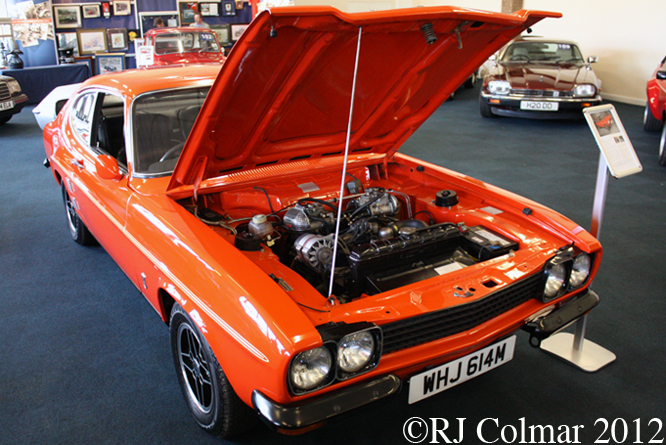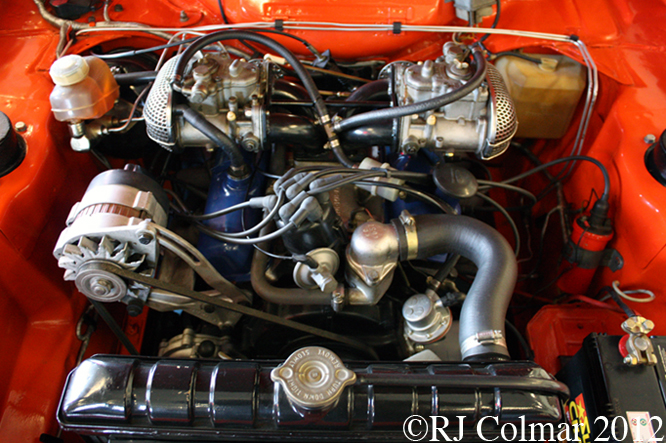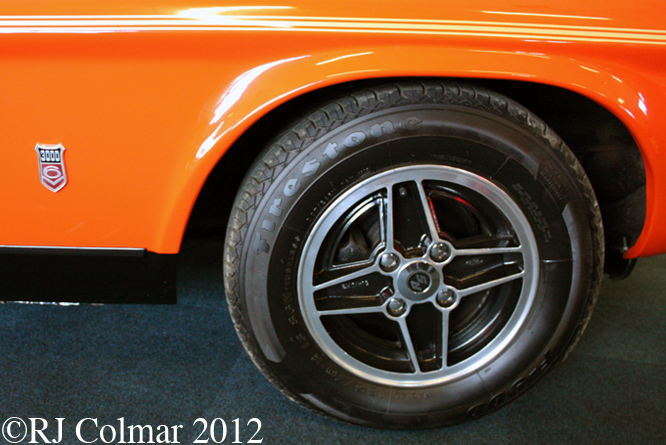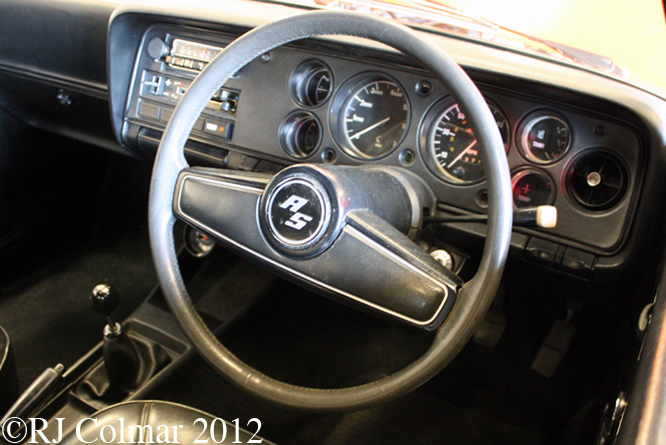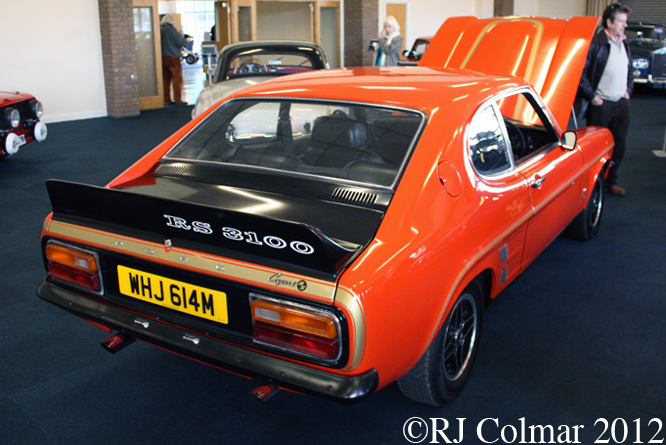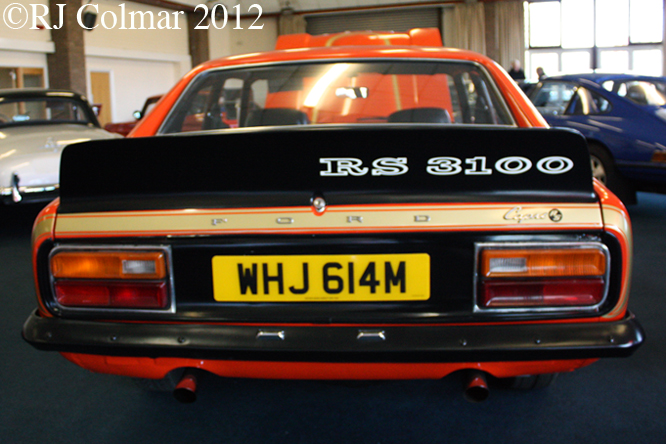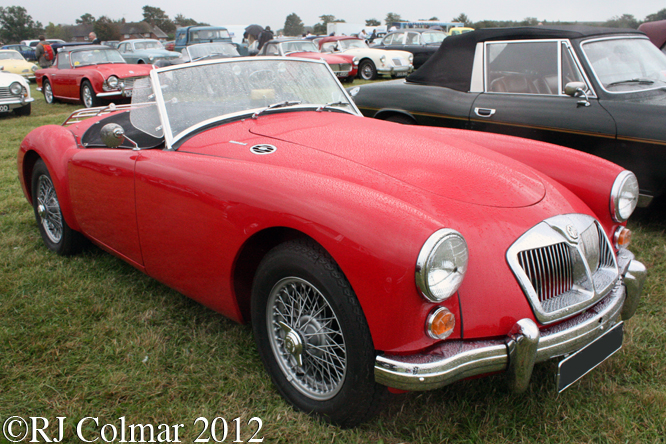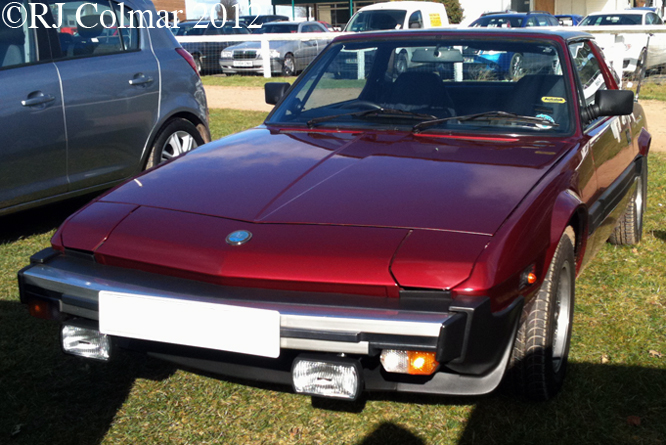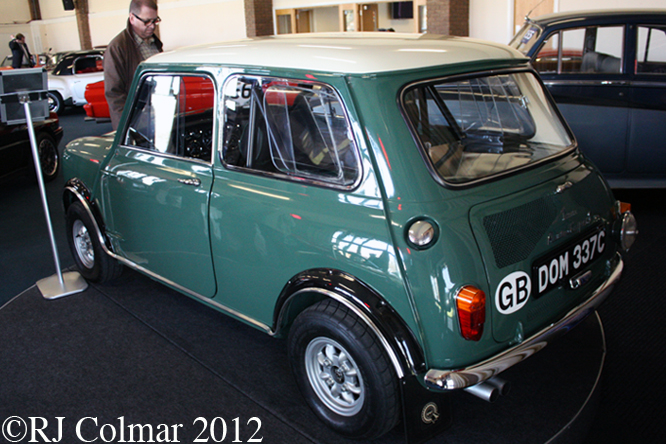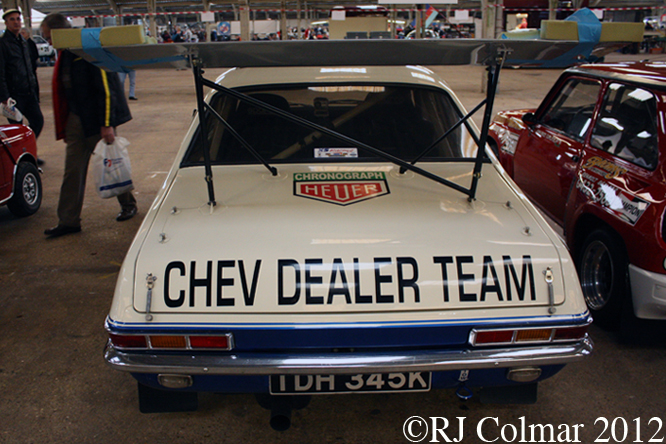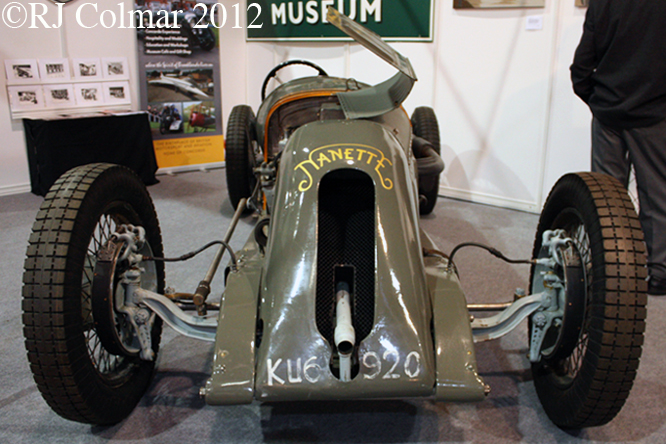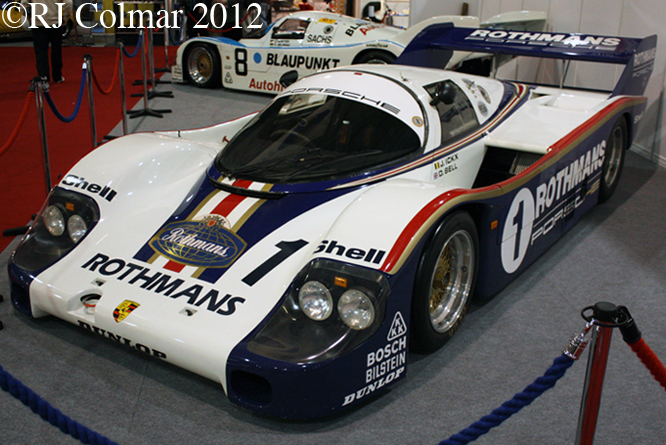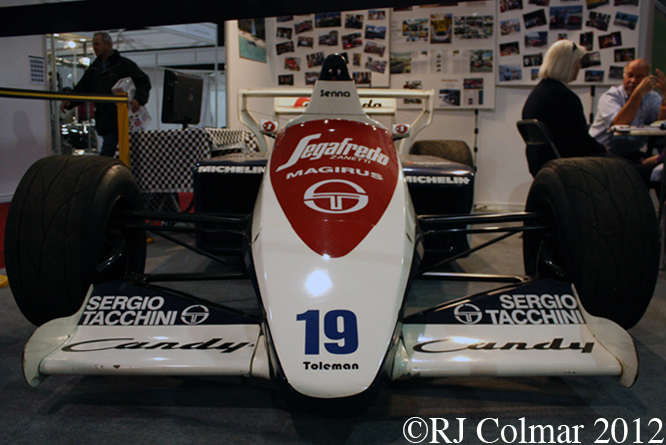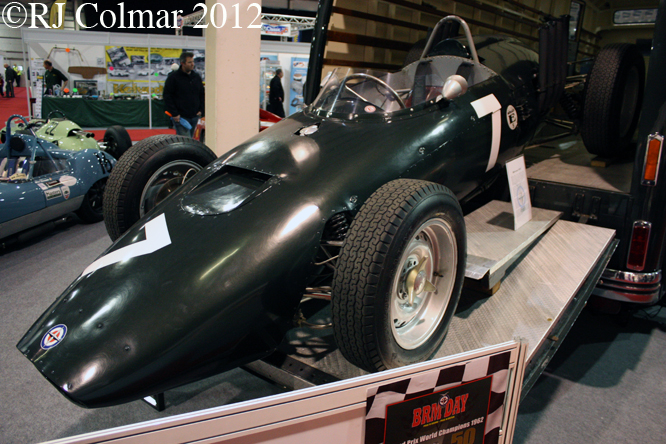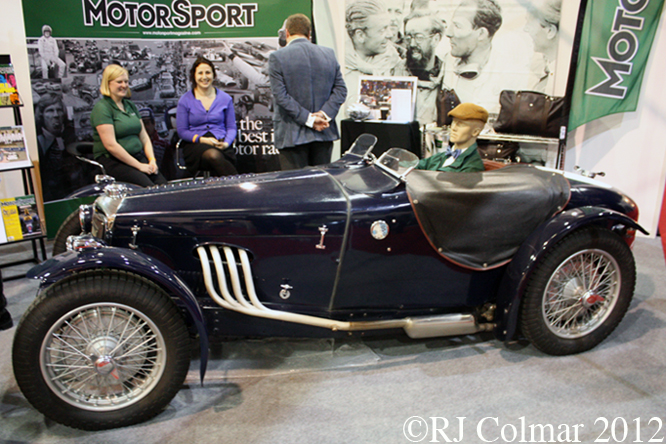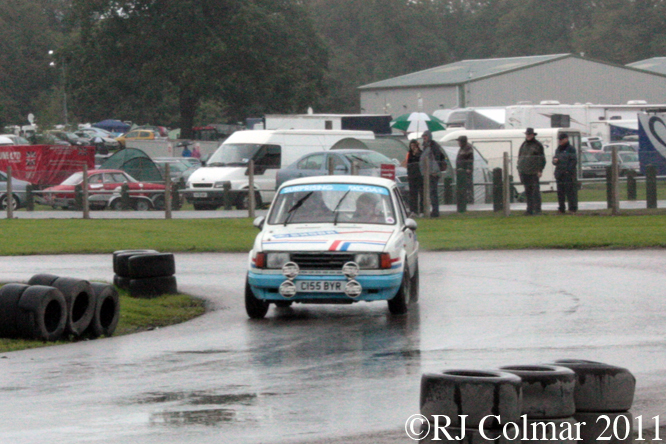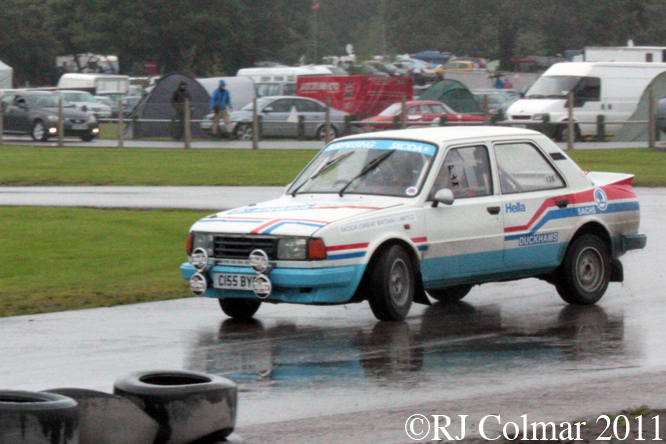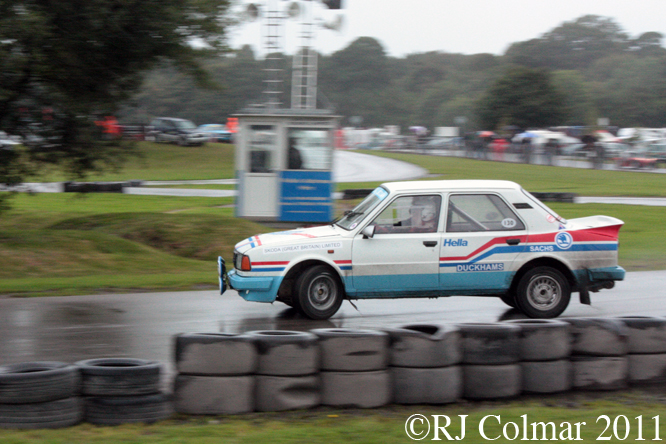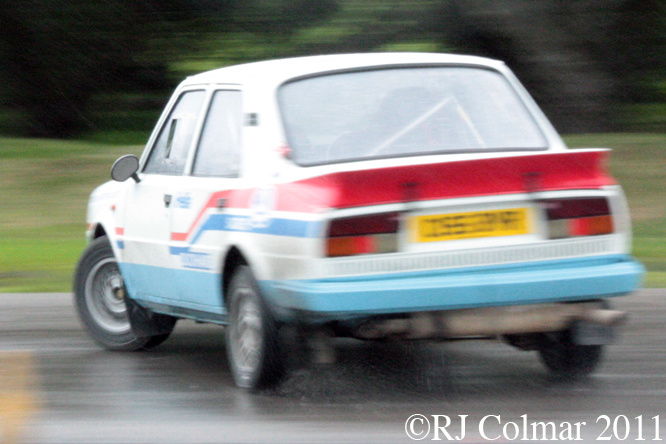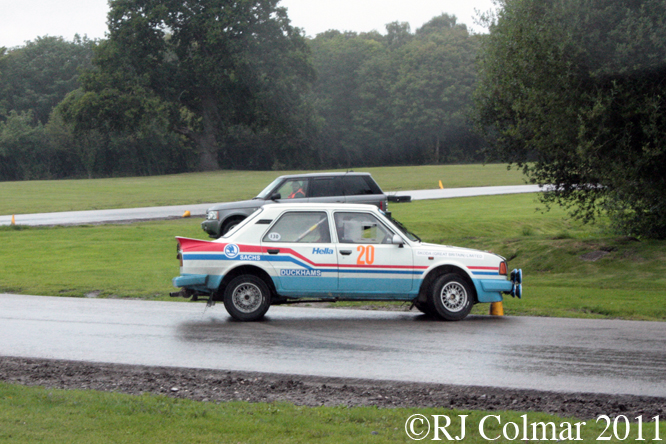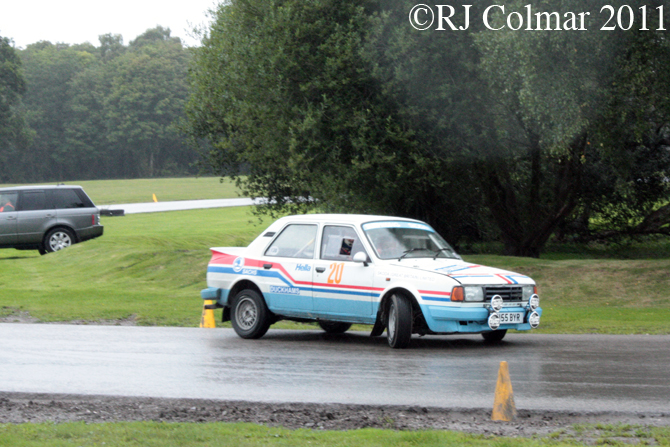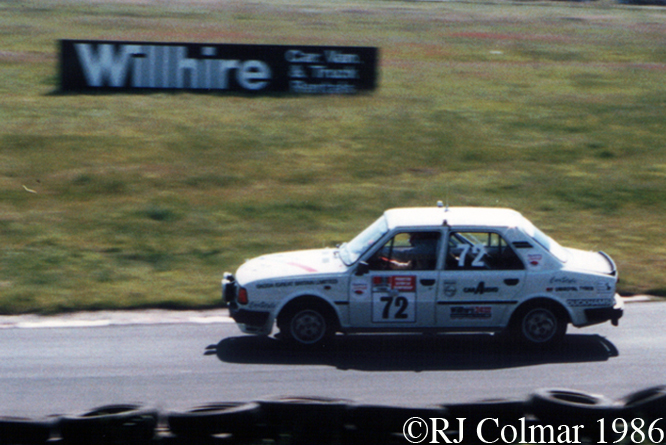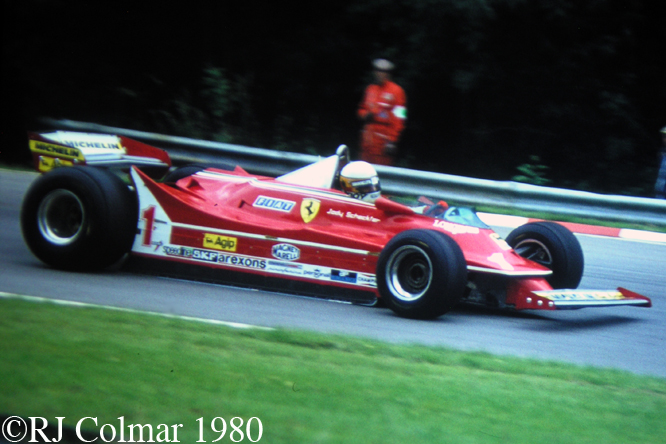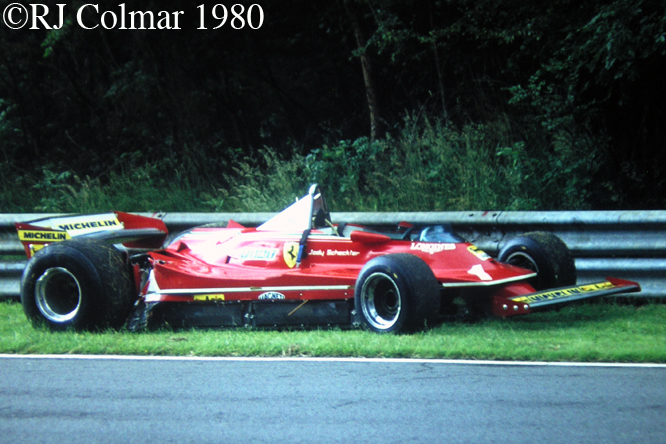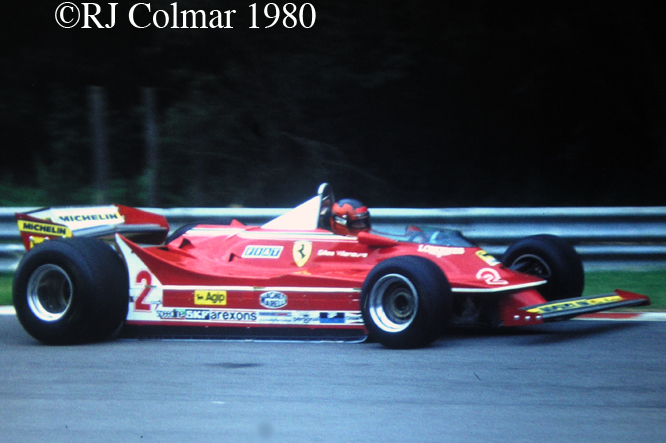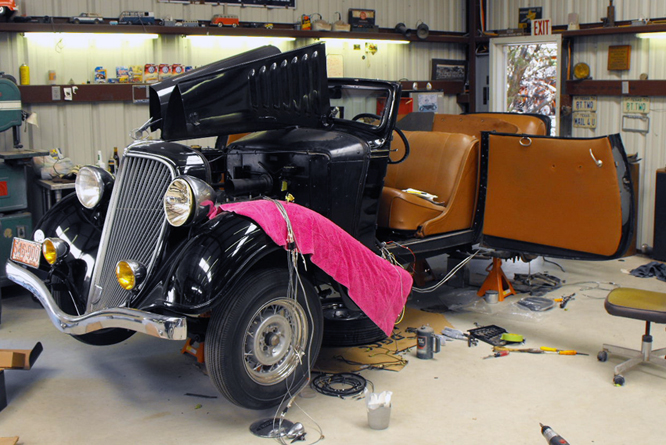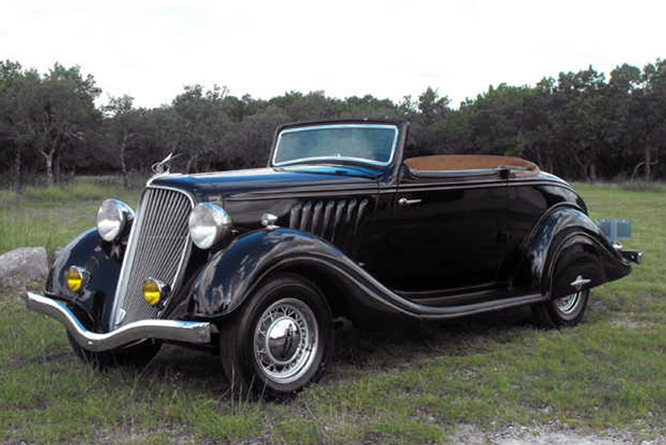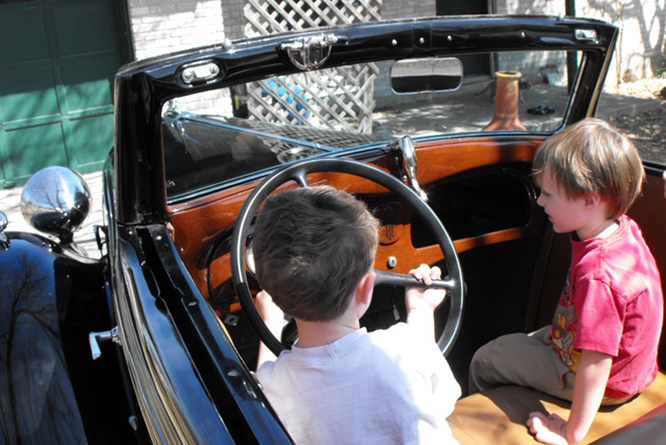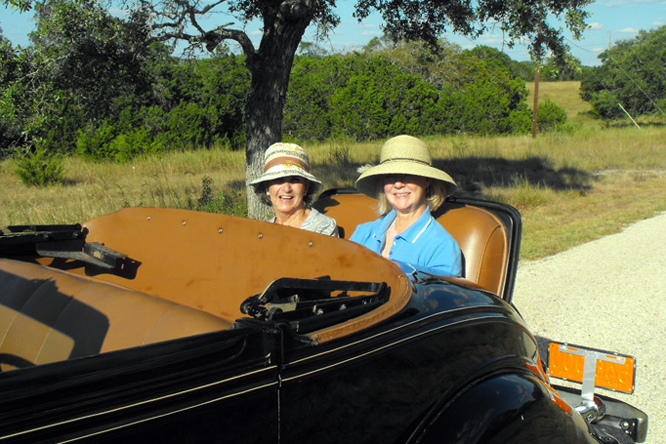The Lotus 35 was built for the 1965 season to compete in the second and third tier Formula 2, Formula 3 and Antipodean Tasman series fitted with motors 1 litre / 61 cui to 2.5 litre / 152 cui. 22 of these cars were built and fitted with a variety of 4 cylinder motors, chassis #18 apparently was even fitted with a 4.7 litre / 289 cui V8 and driven to a Formula A class victory at Willow Springs by Vernon Shields in 1968.
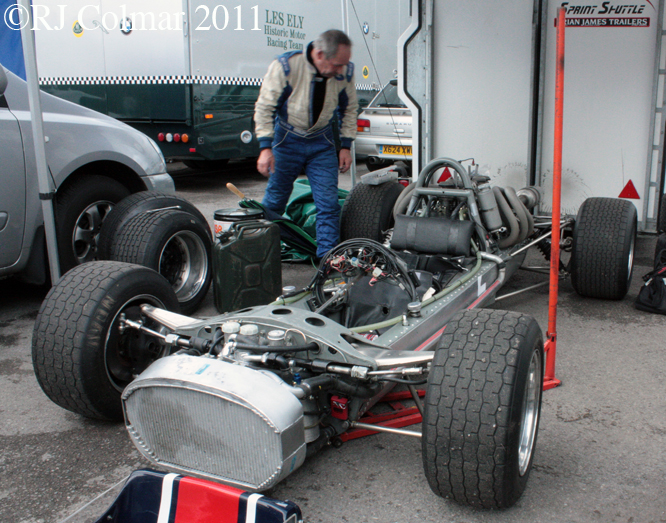
In 1966 new Formula One regulations came into effect allowing engine sizes up to 3 litres / 183 cui doubling the capacity of the previous regulations which had been in effect since 1961. Few teams were prepared for the new reglulations many teams resorted to using interim 2 litre / 122 cui motors until larger units like the Ford Cosworth DFV became more widely available in 1968. Former MG engineer turned engine tuner Ted Martin who had built heads for Ford based Formula Junior motors and a series of three valve heads for Ford motors used in Saloon car racing designed an unusually compact lightweight all aluminium V8 dry sump competition motor for the new Formula One regulations while working for GM in Canada in the early 1960’s.
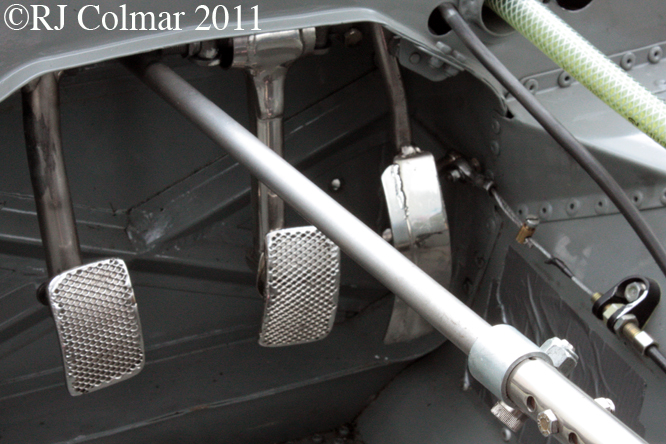
Upon returning to the UK, having built his engine, Ted Martin asked his customer racing car entrant Charles Lucas if he could fit his new 3 litre V8 motor into a slightly damaged Lotus 35, chassis number 35/F/19, similar to the one seen here at Oulton Park which belongs to Allan Rennie, that the Lucas team had been running in South America for Piers Courage.
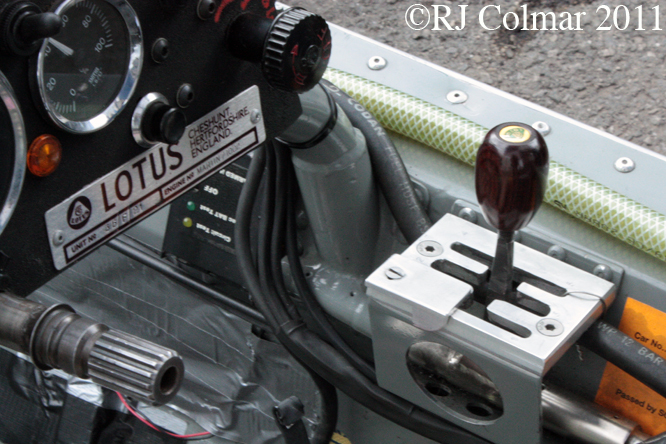
Roy Pike first drove the Lotus Martin, also known as the Lucas Martin at the time, prepared by Roy Thomas in a Formula Libre race at Mallory Park on Boxing Day 1966 and recorded a 3rd place in what proved to be the cars only competitive event. After the 295 hp car had impressed Dan Gurney, by matching his Eagle for top speed at Goodwood, Piers Courage qualified the Lotus Martin 14th for the Race of Champions at Brands Hatch in 1967 but a rocker bent while the engine was being warmed up before the race forcing a DNS.
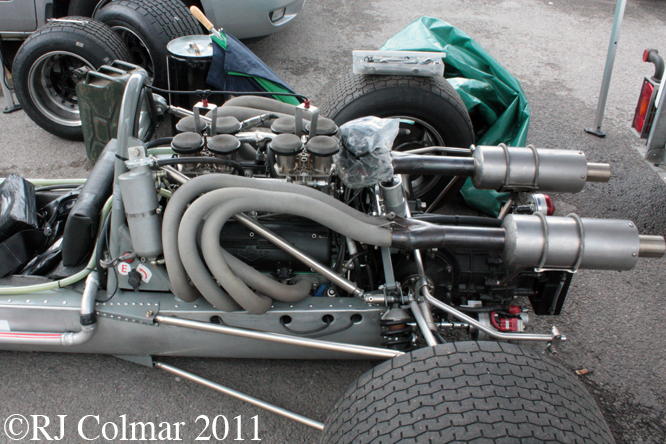
A further test at Snetterton would be the cars last outing, after dusting Jackie Stewart driving an H16 powered BRM, Piers missed his breaking point and sent the car into the wall with the subsequent fire writing off the car. Piers Courage appears to have been unhurt in the incident but Charles Lucas called it a day and concentrated on building Titan racing cars from then on. Three more Martin V8 powered Formula Once cars were built by motor factor dealer AJ Pearce, during the week before their first event the unattended Pearce transporter burnt to the ground destroying two Pearce Martins, along with a Cooper Ferrari, before they ever turned a wheel in competition.
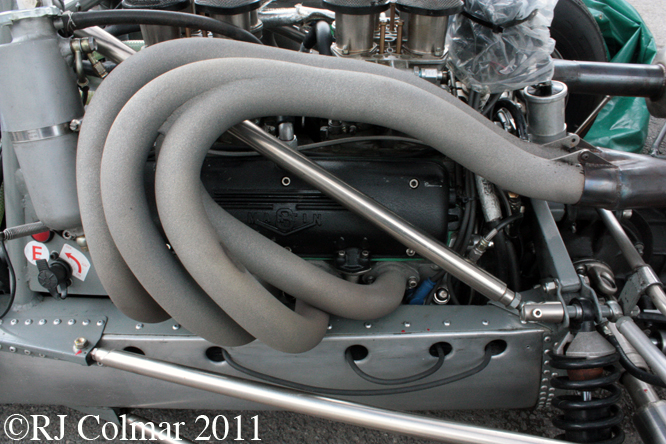
Allan Rennie started his recreation of the Lotus Martin after finding one of the V8’s under a dust sheet in a workshop in Horsham in 2003. The process of turning the motor into a runner involved spending a year getting a pair of cylinder heads up to scratch, preparing a new pair of cylinder blocks acquired from Ted Martins workshop, selecting the best four pairs of forked and blade rods from over 40 used ones, machining big end shells to match the rods, manufacturing a new set of pistons, the cylinder head volumes turned out to vary and to over come this each has a different thickness head gasket to balance the compression ratio, and machining new rocker shafts. Note the holes in the double skin chassis required for the removal of the spark plugs.
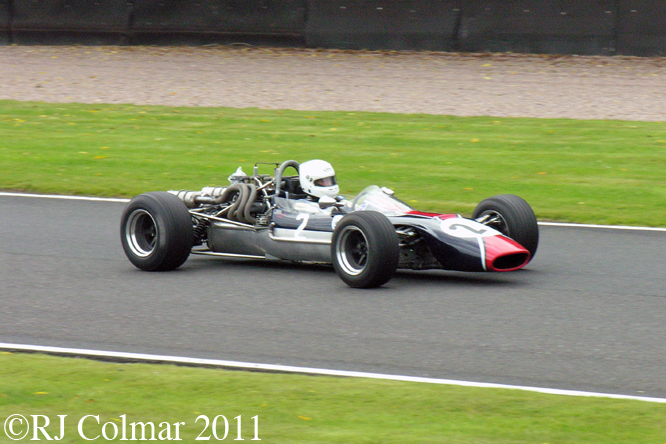
Two years after finding the motor Allan acquired the Lotus 35 chassis #35/F/21 and since 2003 Allan reckons he has spent over 5000 hours and enough money to buy a ready to go Ford Cosworth DFV powered Formula One racing car stripping everything down to the last rivet making all the necessary repairs using all of the usable original materials to put the engine and chassis back to together.
Allan’s five years of hard graft was rewarded with a debut win on 31st May 2009 in the Snetterton Guards Trophy meeting, despite ‘dire’ handling, possibly a result of a motor with 3 times the cui than originally intended, Allan found himself in the right place at the right time when the two leaders retired.
My thanks to Allan who’s Lotus 35 Martin website gives further first hand details and to Macca and everyone who posted information on The Nostalgia Forum Martin Engines thread.
Thanks for joining me on this ‘Hot V8’ edition of ‘Gettin a li’l psycho on tyres’, I hope you will join me again tomorrow. Don’t forget to come back now !

